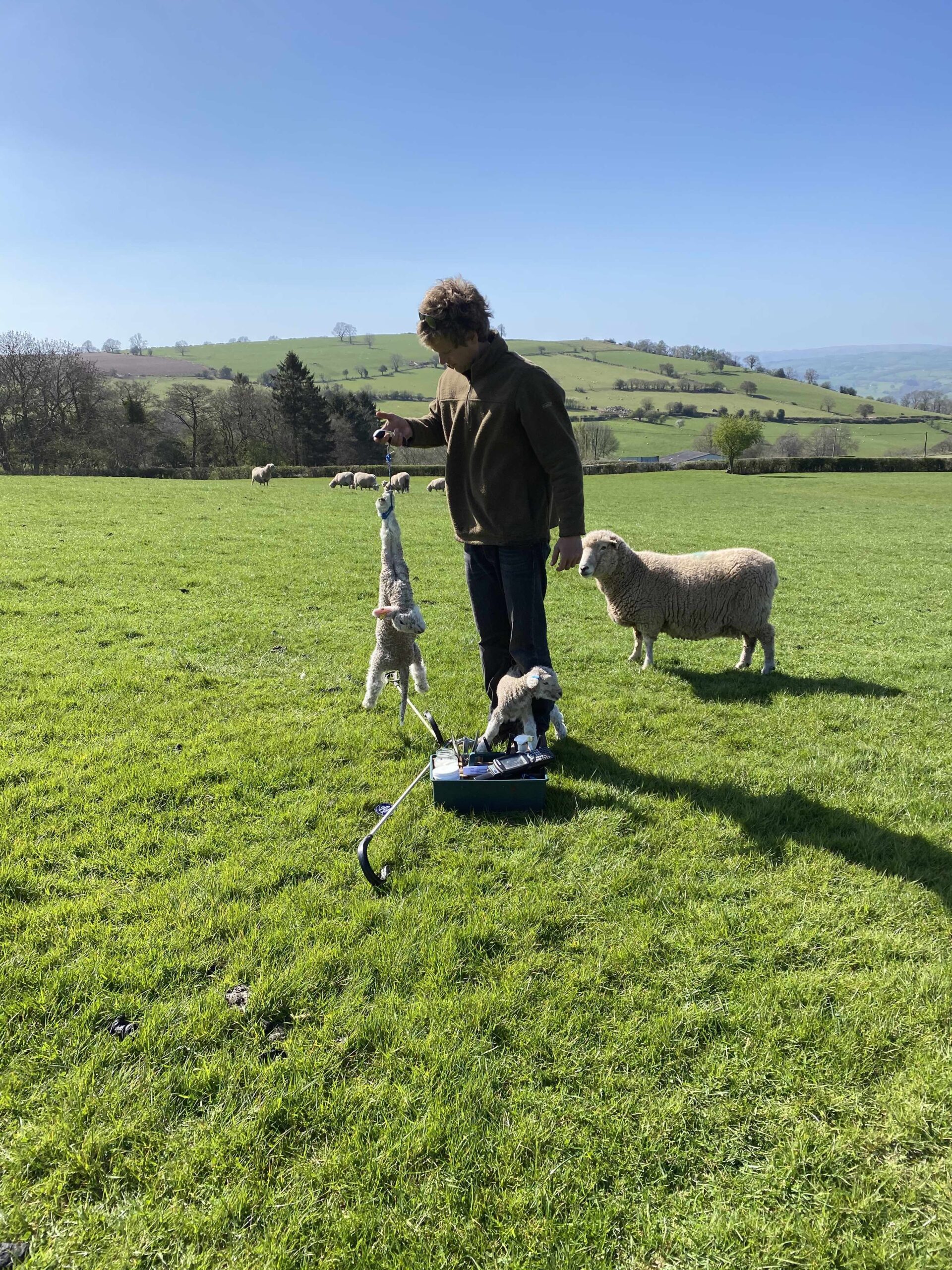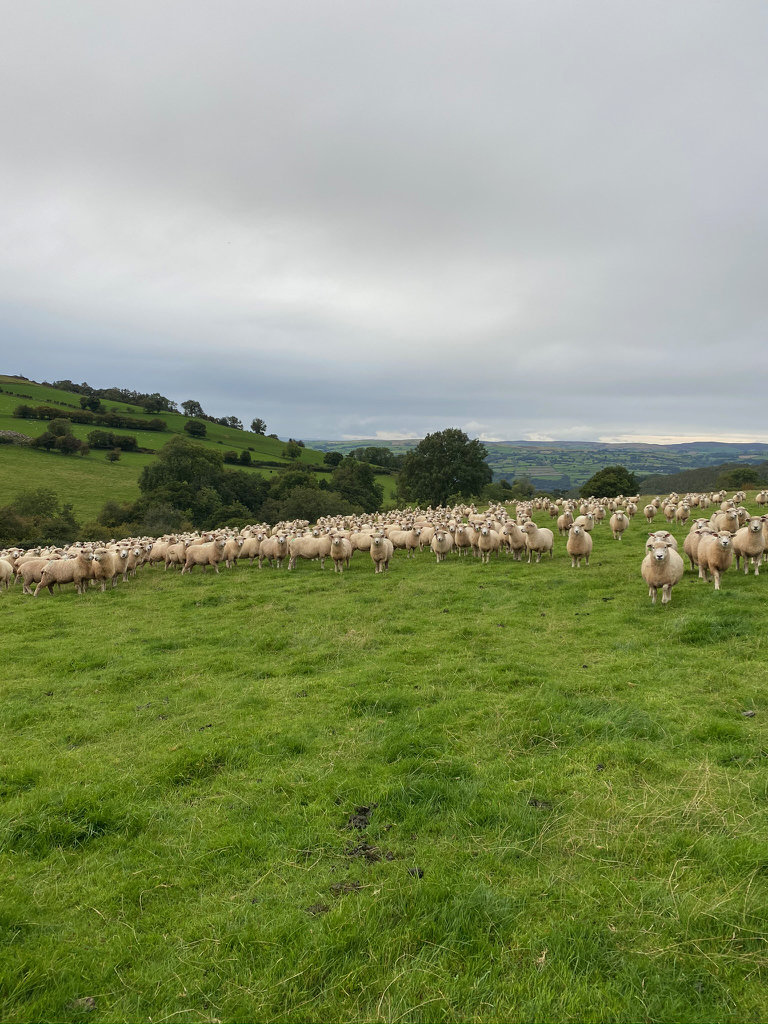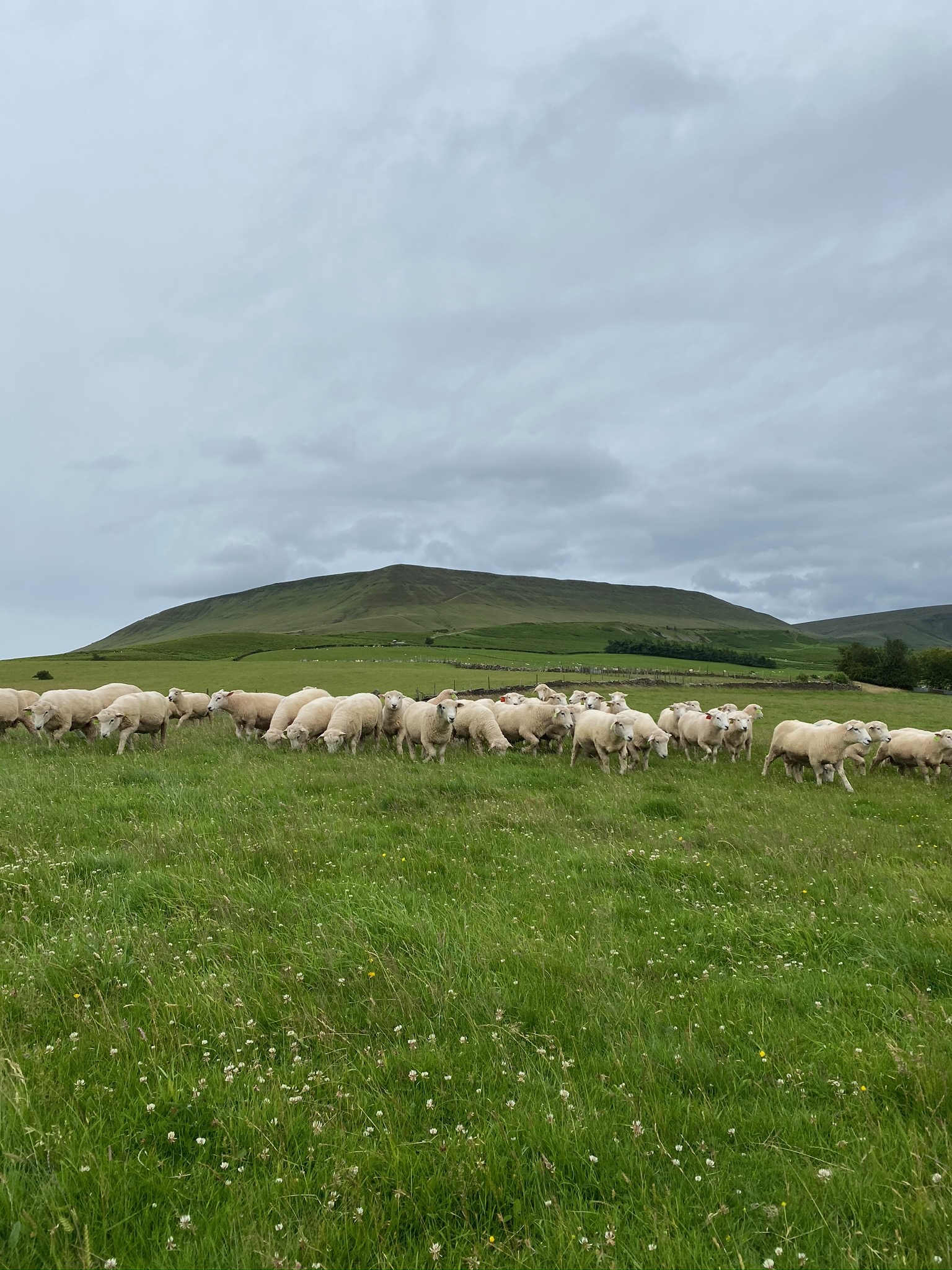Recording at lambing time is the basis of everything we do at HCR. Its firstly great to handle all of the lambs and to see how they and their mothers are performing however it is the data that we collect that is really vital. We collect lamb weights and vigour as well as assign parentage to the lambs. The ewes also get a mothering score and a teet placement score. Will gives a run down of something that this year we are looking in addition to all of this.
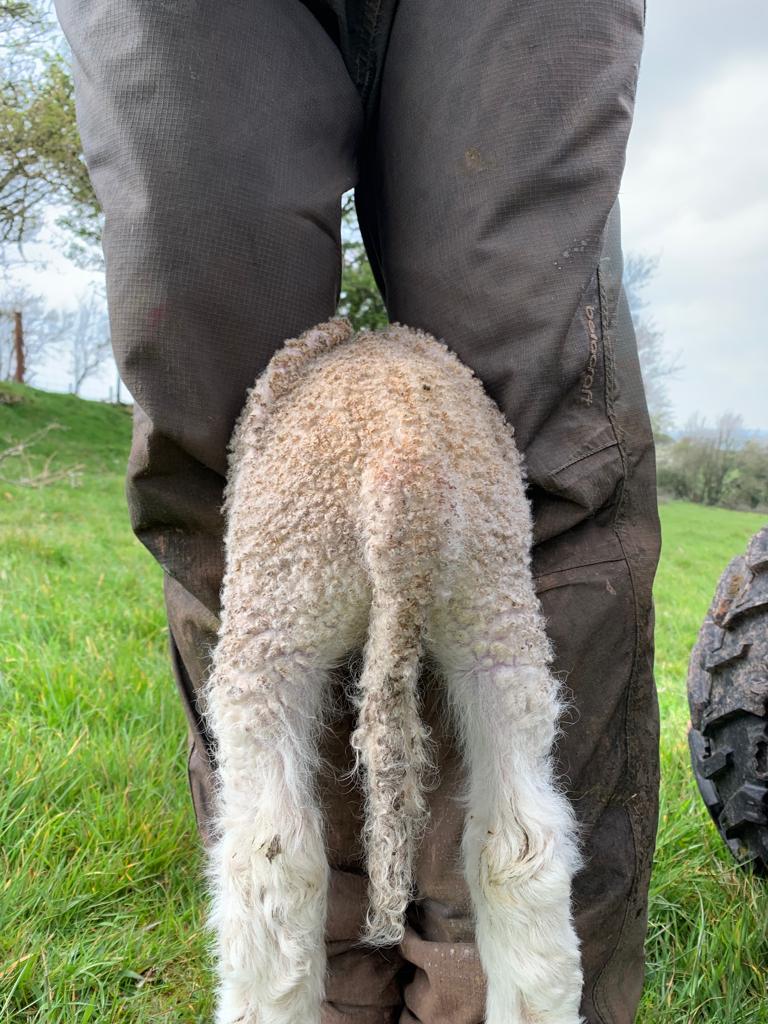
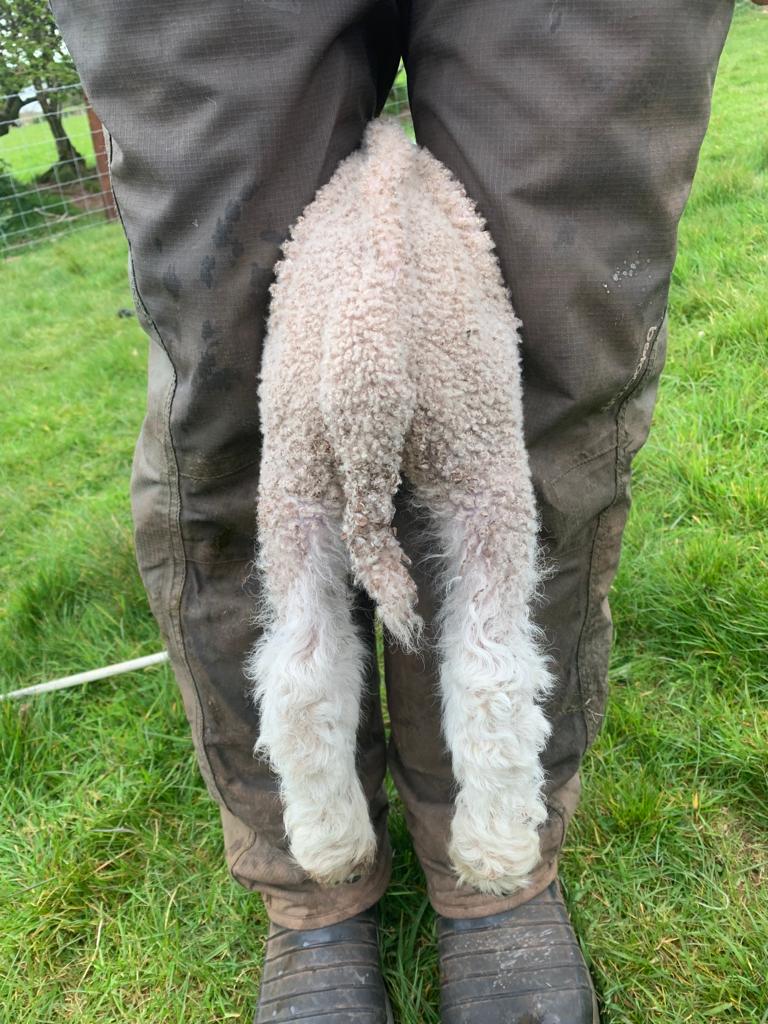
This lambing we have been looking into something a bit different- tail length. I sparked an interest in this area last lambing when I was tagging and recording lambs and started observing differences in tail lengths. In particular between our Romneys and RomTex’s. Unsurprisingly the RomTex’s had much shorter tails and few of them barely needed to be tailed. After a bit of research I found that tail length is a highly heritable trait (around 70%) and therefore large genetic gains could be made to reduce tail length to the point of not having to dock them.
In addition, in recent years I’ve been noticing the mounting pressure on the industry around the subject of tail docking. Public perception of its welfare is snowballing, and authorities are getting hotter on prosecuting sheep farmers who aren’t following the tail docking laws to the letter. And almost all cases are outdoor lambing flocks that aren’t using anaesthesia on a month or more old lambs.
The industry’s line of defence has always been to prevent fly strike, which I think is fair. As well as reducing dependance on fly sprays which is undoubtably impacting soil biology and the environment as a whole. But are we as breeders approaching the problem from the wrong angle? Maybe we should be addressing the issue in a more sustainable way through the use of genetics.
We have been tackling flystrike for a number of years now by trying to breed sheep that don’t get struck. Culling all sheep that get struck is the obvious place to start. But also having no dags, less wool around the back end, better wool type and better sheep health are ways we have been improving our fly strike cases. Our aim is to stop all preventative fly treatments, and I don’t think we are too far off that.
Shorter tails would be a double whammy, reducing flystrike without the welfare implication (and cost) of docking. We don’t necessarily need a no tail sheep, just a length that the sheep can raise when peeing and pooing, so it always stays clean.
So this year we scored all stud lambs for tail length when we tagged and recorded them. We used a 1-5 scoring system with aim to find some differences between sires. Shock horror the RomTex’s came out on top, with one ram consistently yielding very short tails, in comparison to the romneys. . Which as we all know Romneys naturally have long bushy tails. We know that we have heritability on our side, the thing we are establishing is how much genetic variation we must have start making some meaningful gains without compromising gains in our existing goals. I can reveal that there is a marginal variation between our Romney sires, however there are individual lambs that do have shorter tails than the average. Our aim is to be able to select some ram lambs with shorter tails to start incorporating some genetic variation.
Interestingly, our latest import which came from Nithdale Station http://nithdale.com/ has a small percentage of Texel in him and he has expressed the shortest tails out of our Romney sires, so I am confident that he will help pave a way for us to get that much needed variation into our flock.
Where will this idea take us? How long will it take? Who knows. But what I do know is that there are many issues around docking and flystrike. It costs nothing to collect tail length data, so why not scrutinized this trait a bit more and see if we can breed our way out of this problem.
